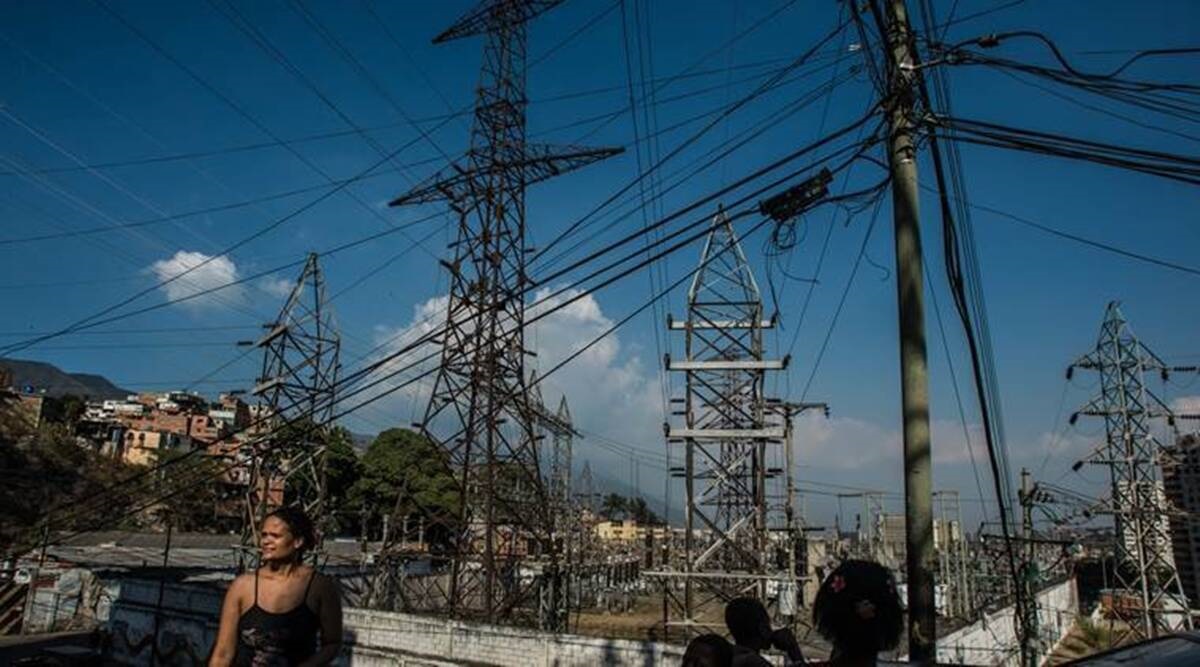As the pandemic hit jobs and income, millions are struggling to pay for essential electricity services to power lighting, fans, televisions and mobile phones.

The economic toll from the COVID-19 pandemic has left more than 25 million people in Africa and Asia unable to afford electricity, threatening a global goal to provide power to everyone by 2030, international agencies warned on Monday.
Two-thirds of those affected were in sub-Saharan Africa, deepening disparities in the region’s access to electricity, according to an annual global report tracking progress on sustainable energy.
Millions struggled to pay for essential electricity services to power lighting, fans, televisions and mobile phones as the COVID-19 crisis hit jobs and incomes in 2020, the report said.
This threatens progress in the last decade, which saw more than a billion people gaining access to electricity since 2010, making 90% of the world’s population connected in 2019.
But the pandemic has now put the U.N.-backed goal to ensure all have electricity by 2030 “in jeopardy”, with the number of people without power in Africa rising in 2020 after falling for the last six years, the report said.
“Access to electricity is critical to development, especially in the context of mitigating the impacts of
COVID-19 and supporting human and economic recovery,” said Demetrios Papathanasiou, global director for energy and extractives at the World Bank.
About 759 million people still live without electricity, half of them in fragile and conflict-torn countries, he noted.
This could exacerbate broader inequalities, he added, as electrification of health facilities is vital to support vaccine deployment and the pandemic response in developing nations.
“Lack of access to reliable energy affects the quality of public health and will require additional efforts to establish the data, communications, logistics and reliable cold chain to administer vaccines,” he told the Thomson Reuters Foundation.
Under current and planned policies, an estimated 660 million people would still lack access to power in 2030, said the report released by the International Energy Agency, International Renewable Energy Agency, U.N. Department of Economic and Social Affairs, World Bank and World Health Organization (WHO).
Clean cooking
About a third of the world’s population – or 2.6 billion people – still had no access to clean cooking methods in 2019, despite gains in large parts of Asia, the report showed.
The problem was most acute in sub-Saharan Africa, where about 900 million people, or 85% of the region’s population, used smoky cooking fuels like kerosene, coal and wood.
The largely stagnant progress on clean cooking is responsible for millions of deaths each year from breathing in smoke and toxic emissions, with women and children especially vulnerable to household air pollution, the agencies said.
Maria Neira, the WHO’s environment, climate change and health director, said scaling up clean energy is key to protecting human health and promoting healthier populations, particularly in rural areas.
The groups called for more renewables, which account for about a quarter of global power output, to ramp up electrification efforts in developing countries.
Renewable energy has seen huge growth in the last decade, with more than a third of the increase in generation in 2018 coming from East Asia, driven by solar and wind power in China.
“Greater efforts to mobilise and scale up investment are essential to ensure that energy access progress continues in developing economies,” Fatih Birol, executive director of the Paris-based IEA, said in a statement.
“This fairer and cleaner energy future is achievable if governments work together to step up actions.”


